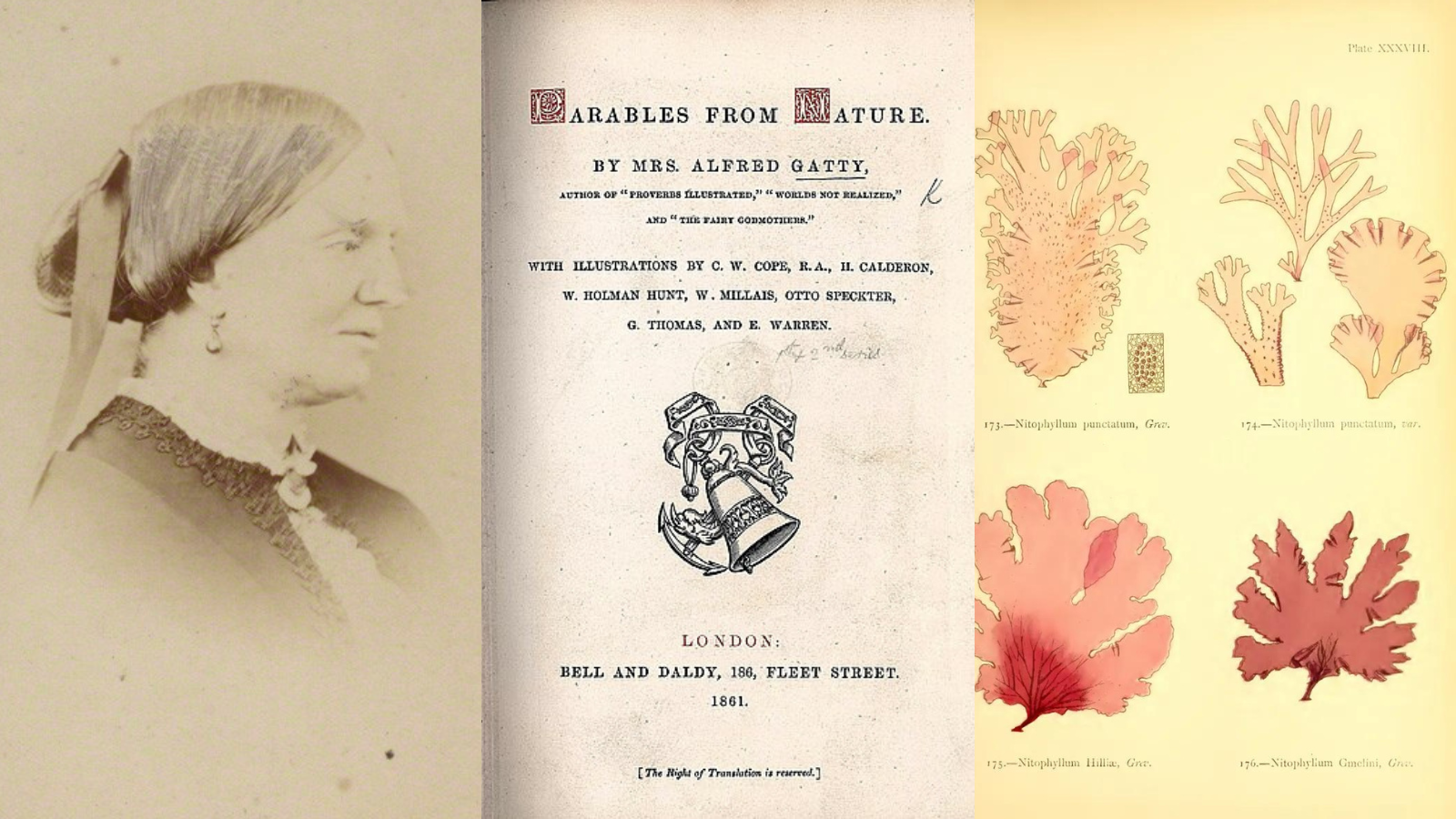Parables From Nature: A Profile of Margaret Gatty
She was born the same year as Charles Darwin. Like him, she studied nature and wrote books. But while Darwin staked his life’s work on the power of natural selection, she recognized the evidence of intelligent design in nature and living organisms. On this ID The Future, host Andrew McDiarmid shares his profile of 19th century naturalist and children’s author Margaret Gatty.
One way to go beyond the powerful myth of Charles Darwin is to learn more about the man and his times. To do this, McDiarmid is taking a closer look at his contemporaries – other naturalists, authors, and thinkers that lived in the same era. By looking at their own work as well as their responses to Darwin’s controversial theory, we can get a more accurate and more complete picture of Darwin’s achievements as well as his mistakes.
In 19th century England, the pastime of studying nature was in its heyday, enjoyed by both laypeople and serious naturalists alike. Through study of books and a life-long habit of corresponding with eminent scientists of her day, Gatty taught herself the scientific study of marine invertebrates and seaweeds. She also popularized the study and appreciation of the natural world through her major scientific volume British Seaweeds, as well as her most famous work, Parables From Nature, five volumes of parables written for youth that personified living organisms in charming and thought-provoking stories.
Here, McDiarmid reports on Gatty’s life and work within the framework of Darwin’s, to show where both were similar as well as where they diverged. The result is a better understanding of 19th century Britain during a crucial chapter in the history of biology, and indeed, in the history of human ideas.
Dig Deeper
Learn more about Margaret Gatty’s life and work with these resources:
- Read Gatty’s Parables From Nature stories online.
- Listen to Gatty’s parables or read modern paraphrases of them.
- See Gatty’s seaweed drawings from her two-volume series British Seaweeds (1863, 1872).
- St. Andrews University in Scotland holds some of Gatty’s marine specimens. Here’s a sample.
